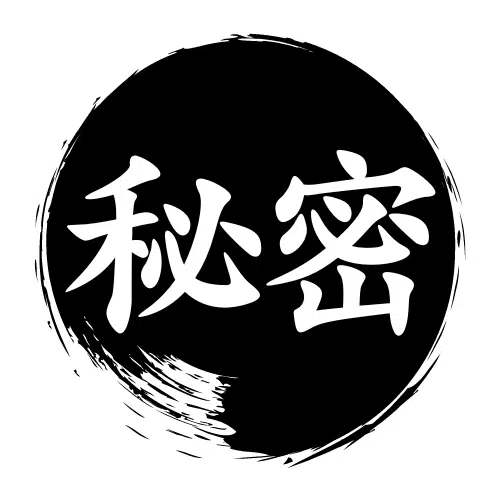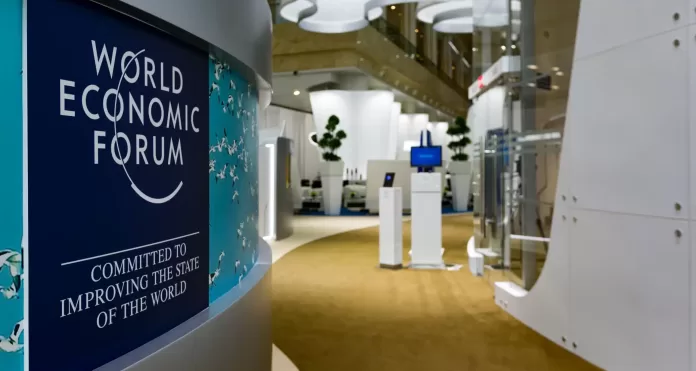The First Industrial Revolution used water and steam power to mechanize production. The Second used electric power to create mass production. The Third used electronics and information technology to automate production. Now a Fourth Industrial Revolution is building on the Third, the digital revolution that has been occurring since the middle of the last century. It is characterized by a fusion of technologies that is blurring the lines between the physical, digital, and biological spheres. (5)
The Fourth Industrial Revolution (4IR), according to Klaus Schwab – Founder and Executive Chairman of the World Economic Forum (WEF) – is where we’re headed to next. It’s also another component that will be a part of the Great Reset and will be one of the discussion points during Davos Agenda week in January.
On paper, this all sounds great. It boasts a promise of major technological advancements and social improvements, but at what cost?
Schwab “is convinced that we are at the beginning of a revolution that is fundamentally changing the way we live, work and relate to one another, which he explores in his new book, The Fourth Industrial Revolution” (4).
When we dig a little deeper into some of Schwab’s ideas, we find that parts of the Fourth Industrial Revolution pertains to transhumanism. Don’t take my word for it though, let’s see what he says about it himself.
The Fourth Industrial Revolution, finally, will change not only what we do but also who we are. It will affect our identity and all the issues associated with it: our sense of privacy, our notions of ownership, our consumption patterns, the time we devote to work and leisure, and how we develop our careers, cultivate our skills, meet people, and nurture relationships. It is already changing our health and leading to a “quantified” self, and sooner than we think it may lead to human augmentation. The list is endless because it is bound only by our imagination. (5)
In his article, The Fourth Industrial Revolution: what it means, how to respond, on the WEF’s website, Klaus Schwab states that the Fourth Industrial Revolution will change “who we are” and that it “may lead to human augmentation”.
On a basic level, this could look like the average person improving their eyesight through a piece of technology, or maybe being able to surf the internet via a brain implant. This, however, could also include DNA altering technology such as CRIPR which could fundamentally change the human race as we know it, given the technology becomes advanced enough.
His book, The Fourth Industrial Revolution, also delves into this idea, “This Fourth Industrial Revolution is, however, fundamentally different. It is characterized by a range of new technologies that are fusing the physical, digital and biological worlds, impacting all disciplines, economies and industries, and even challenging ideas about what it means to be human”. (4)
He’s stated in his book, Shaping the Future of the Fourth Industrial Revolution, that the “Fourth Industrial Revolution technologies will not stop at becoming part of the physical world around us—they will become part of us” (2).
He goes on to state “Indeed, some of us already feel that our smartphones have become an extension of ourselves. Today’s external devices—from wearable computers to virtual reality headsets—will almost certainly become implantable in our bodies and brains” (2).
He believes it has the potential “to robotize humanity, and thus compromise our traditional sources of meaning—work, community, family, identity.” And that he thinks it will “lift humanity into a new collective and moral consciousness” (1).
The Fourth Industrial Revolution: what it means, how to respond
From the World Economic Forum: We stand on the brink of a technological revolution that will fundamentally alter the way we live, work, and relate to one another. In its scale, scope, and complexity, the transformation will be unlike anything humankind has experienced before.
We do not yet know just how it will unfold, but one thing is clear: the response to it must be integrated and comprehensive, involving all stakeholders of the global polity, from the public and private sectors to academia and civil society.
There are three reasons why today’s transformations represent not merely a prolongation of the Third Industrial Revolution but rather the arrival of a Fourth and distinct one: velocity, scope, and systems impact. The speed of current breakthroughs has no historical precedent.
When compared with previous industrial revolutions, the Fourth is evolving at an exponential rather than a linear pace. Moreover, it is disrupting almost every industry in every country. And the breadth and depth of these changes herald the transformation of entire systems of production, management, and governance. Read More

Sources
- The Dystopian “Fourth Industrial Revolution” Will Be Very Different from the First One (November 17th, 2020) – Mises Institute
- Klaus Schwab: Great Reset Will “Lead to a Fusion of Our Physical, Digital and Biological Identity” (November 16th, 2020) – Summit News
- Centre for the Fourth industrial Revolution – WEF Website
- The Fourth Industrial Revolution, by Klaus Schwab – WEF Website
- The Fourth Industrial Revolution: what it means, how to respond (January 14th, 2016) – WEF Website
- Transhumanism – Britannica




 Support the Ministry
Support the Ministry